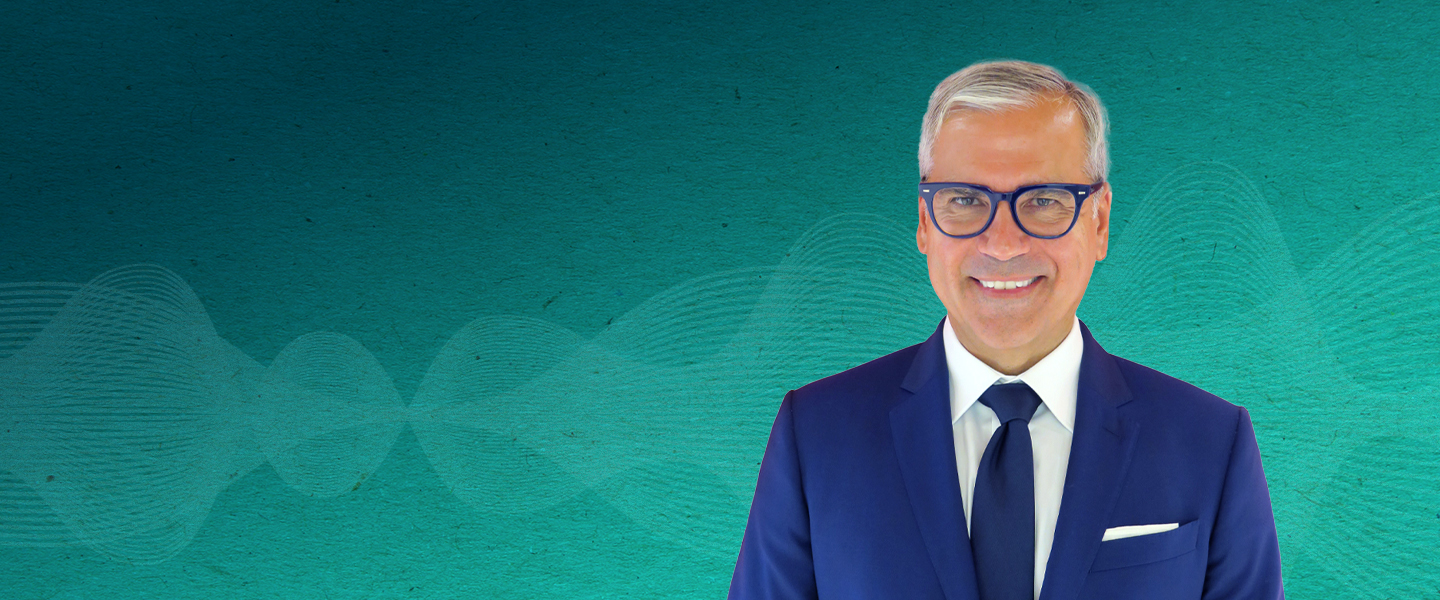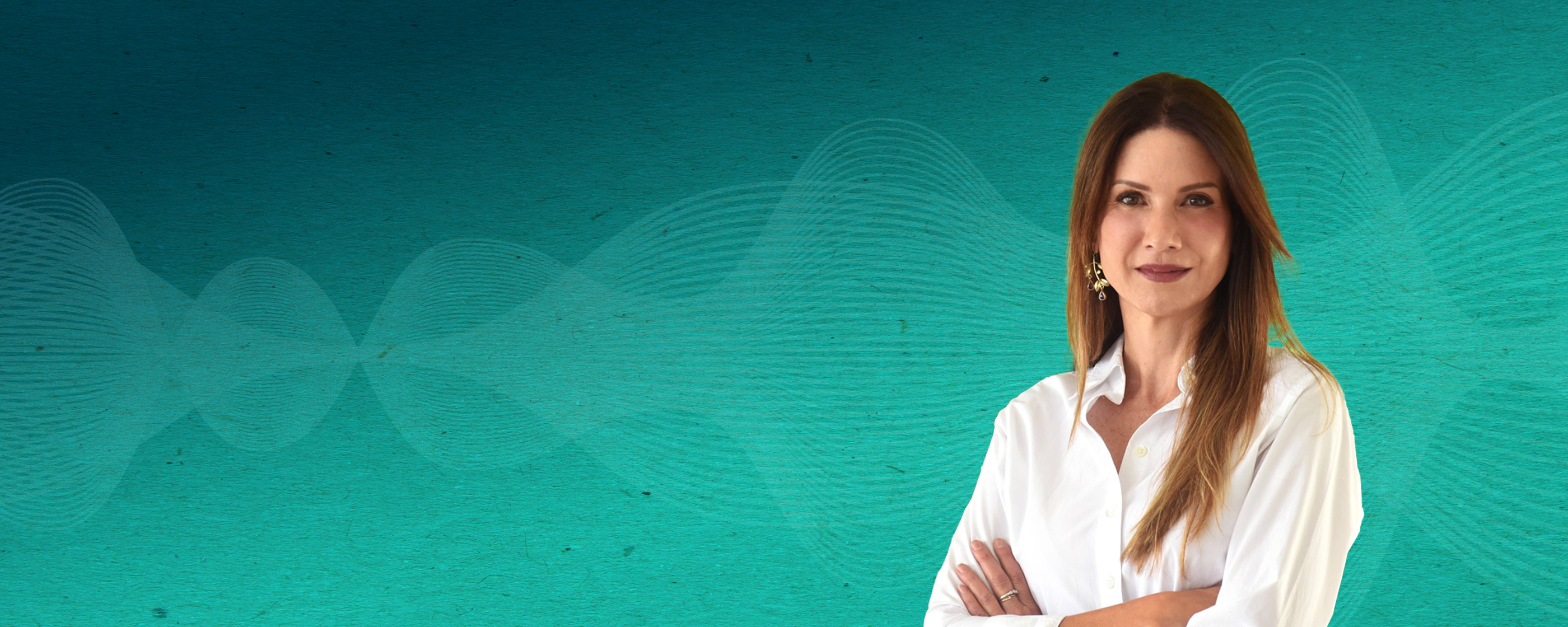
De Agostini: Transforming the business and the family
IMD recognized De Agostini Group, a third- to fifth-generation family enterprise, for its ability to evolve from a traditional publishing house to a global investment holding in just two decades. This required a complete transformation, including professionalization of both corporate and family governance and careful preparation of the next generation family members to become responsible owners.
De Agostini Group is headquartered in Novara and Milan, Italy, employs over 14,000 people worldwide and, in 2017, generated a turnover of about €4.8 billion. Established in 1901 by cartographer Giovanni De Agostini, the company was acquired almost 20 years later by partners Marco Adolfo Boroli and Cesare Angelo Rossi. In 1946, Marco’s two sons, Achille and Adolfo Boroli, consolidated De Agostini in the Boroli family’s hands. Today the business belongs to over 60 family shareholders, all direct descendants of Marco Adolfo Boroli, and mostly bearing the last names Boroli and Drago.
Business transformation: Globalization and diversification
For over 80 years, De Agostini operated in its original cartography, publishing, graphics and printing industries. In the late 1980s, third generation chairman and family leader Marco Drago took the company on a global expansion path through diversification, turning it into an international powerhouse with four major business sectors: publishing, media & communication, gaming & services, and finance.
The globalization journey began with the international expansion of the legacy publishing business, first to the UK and then to over 30 countries across the globe. An important milestone for De Agostini came in 1997 with its participation in the privatization of Seat Pagine Gialle (Yellow Pages). After a successful turnaround, it was sold to Telecom Italia in 2000 for an exceptional multiple. This liquidity event marked the beginning of the group’s rapid expansion, with De Agostini taking advantage of the windfall to venture into exciting new territories.
The first step was the 2002 public tender offer for Lottomatica, a leading Italian gaming and services company, in which De Agostini purchased a majority stake. A string of acquisitions followed. In 2003 De Agostini bought, from Fiat, a controlling stake in Toro Assicurazioni, which was floated on the Milan stock exchange in 2005. A year later, De Agostini sold its shares to Assicurazioni Generali. This second major liquidity event fueled De Agostini’s growth on the global scene. By 2018 De Agostini controlled 50.6% of IGT, the world’s leading gaming company listed on the New York stock exchange.
The journey into media and communication began in 2003 with the acquisition of a majority stake in Antena 3, one of Spain’s leading radio and TV networks. A series of acquisitions and mergers created Banijay Group, one of the largest independent companies globally in the production and distribution of content for television and multimedia platforms, which in 2017 operated in more than 16 countries and owned a library of over 20,000 hours of programming in various genres, such as reality and entertainment, talk and kids’ shows.
Starting in 2006, De Agostini added financial services to its portfolio via the acquisition of Cdb Web Tech and the creation of DeA Capital, active in private equity, alternative investments and real estate.
The development of De Agostini’s portfolio is a dynamic story of mergers, acquisitions, partnerships, rebranding and divestments. Between 1997 and 2018, De Agostini transformed itself from a traditional business active predominantly in publishing and printing into an investment holding company, through cumulative investments of €26.3 billion and divestments of €16.8 billion. A radical transformation of the family business in just 20 years!
Family transformation
The business transformation required equally fundamental changes to the family structure and governance. “It was expected that members of my generation would join the firm in executive roles”, explained Marco Drago, third generation family shareholder and chairman of De Agostini, “In the late 1990s, 15 out of 19 third generation members held managerial positions in the business”.
With the legacy publishing and printing businesses representing an ever-smaller percentage of the group’s turnover, it became critical to attract top caliber professional managers. As a result, family members relinquished managerial positions and assumed new roles as responsible owners.
Becoming responsible owners
Family members had to be educated for their new roles as responsible owners, often without operational responsibilities. A career services provided advice about opportunities within and outside the firm. “Most of the third-generation family members rationalized this need for change and ultimately accepted it,” noted Stefania Boroli, fourth generation family shareholder and Investment manager at DeA Capital Alternative Funds SGR S.p.A. Only two family members did not agree with this new vision and elected to sell their shares to other family members. Family unity and cohesion behind the new strategy is maintained thanks to annual get-togethers.
New corporate governance
A new corporate governance was put in place to support the vision. The family interest is represented by B&D Holding, whose board includes all four family branches as well as independent directors. Strong emphasis is placed on the autonomous management of the various portfolio businesses, with a central, coordinating role played by the De Agostini board, itself composed of family members, the non-family CEO and independent directors.
In 2006 Marco Drago split the chairman and the CEO role, retaining the chairman role and appointing the first non-family CEO. “It was time for me to walk the talk and to remove myself from operational roles,” he recalled. “A CEO from outside of the family is the best solution, as long as the CEO can also be fired easily by the family shareholders, if needed”, said Lorenzo Pellicioli, non-family CEO of De Agostini.
The next generation
Another critical factor for the family transformation was education and preparation of the next generation. A clear Charter of Values of De Agostini Group Shareholders was developed and published, and the De Agostini Academy was set up.
Comprehensive tools were put in place to address the concerns of the next generation, including clear employment policies and career services. Of 44 fourth generation members, only 5 worked in the business in 2018, having been selected by the Succession Implementation Committee. Selected high potentials could also be invited to participate in the Strategy Lab, an original forum to stimulate discussions and reflections around key strategic decisions and involving – in an informal setting – key executives, such as the chairman and CEO, top managers from companies unrelated to De Agostini and senior thought leaders.
The handover from the third to the fourth generation will soon be on the cards. It seems safe to assume that the family will maintain and even reinforce its long-standing commitment to the firm’s sustainability and to preparing the next generational transition.
Benoît Leleux is Stephan Schmidheiny Professor of Entrepreneurship and Finance at IMD.
Marta Widz is Family Business Research Fellow at IMD.
The IMD Global Family Business Award was created in 1996. The aim of the award, which provides a unique platform for sharing best practices and analyzing the evolution of the economic environment, is to promote family businesses by highlighting the exceptionally high performance standards they can achieve and the creative tools, processes and structures they can develop in that pursuit. The 2018 award ceremony took place during the 29th Annual Summit of the Family Business Network International (FBN-I) in Venice, Italy.
Research Information & Knowledge Hub for additional information on IMD publications
SEPTEMBER 2023, SÃO PAULO (BRAZIL). Gustavo Buffara was painstakingly putting the finishing touches on the IG4 Private Equity Fund III presentation. Co-founded by Gustavo in 2016, IG4 Capital had grown to become a leading force in private equity i...
Family businesses are an essential part of the global economy, as they combine the power of a common goal. Long-term vision, and deep personal commitment. But these unique characteristics create a special context in which personal relationships bl...
Since becoming DBS Bank’s CEO in 2009, Piyush Gupta led its transformation to become a standard setter globally for digitalization and customer centricity in financial services. This transformation started with fixing the basics (2009-2014), in wh...
To stay ahead of competitors, DBS knew it needed to continue to innovate and improve customer centricity. To do so, it decided to move to a horizontal organizational structure, an approach it named Managing Through Journeys (MtJs). This involved b...
Ferrero, Fiat, Intesa Sanpaolo and Eni invest in pleasure assets to enhance their reputations and family ties. But collections also become a strategic tool to enhance corporate identity, stimulate employee creativity and enhance national heritage.
Maintaining a healthy work-life balance is a significant challenge, especially for family-owned businesses where family matters and business operations are deeply intertwined.
Research Information & Knowledge Hub for additional information on IMD publications
in Binder, Julia Katharina (Ed.); Haanaes, Knut Bjarne (Ed.) / Leading the sustainable business transformation: A playbook from IMD, pp. 19-32 / Hoboken: Wiley, 2025
Research Information & Knowledge Hub for additional information on IMD publications
in I by IMD 14 December 2024
Research Information & Knowledge Hub for additional information on IMD publications
Research Information & Knowledge Hub for additional information on IMD publications
Research Information & Knowledge Hub for additional information on IMD publications
Case reference: IMD-7-2633 ©2024
Research Information & Knowledge Hub for additional information on IMD publications
To stay ahead of competitors, DBS knew it needed to continue to innovate and improve customer centricity. To do so, it decided to move to a horizontal organizational structure, an approach it named Managing Through Journeys (MtJs). This involved b...
Case reference: IMD-7-2634 ©2024
Research Information & Knowledge Hub for additional information on IMD publications
Since becoming DBS Bank’s CEO in 2009, Piyush Gupta led its transformation to become a standard setter globally for digitalization and customer centricity in financial services. This transformation started with fixing the basics (2009-2014), in wh...
Research Information & Knowledge Hub for additional information on IMD publications
Research Information & Knowledge Hub for additional information on IMD publications
Research Information & Knowledge Hub for additional information on IMD publications


